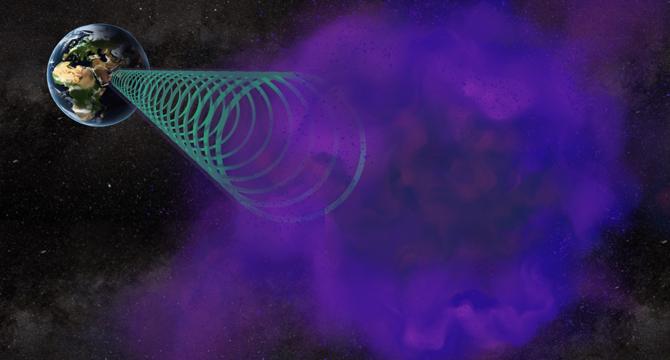Brighter Side of News
4w
147

Image Credit: Brighter Side of News
Scientists use ‘cosmic radio’ detector to find elusive dark matter
- Scientists have made a breakthrough in the search for dark matter using a 'cosmic radio' detector to find elusive axions, potentially solving mysteries about dark matter and particle physics.
- Axions, tiny particles proposed by physicists, are theorized to make up dark matter, with the latest study leading to the detection of a Dynamical Axion Quasiparticle (DAQ).
- Researchers used a specialized quantum material, manganese bismuth telluride, to detect coherent oscillations resembling axions on Earth, bridging theory and reality.
- The detection of the DAQ in quantum materials opens possibilities for developing a larger-scale detector to scan frequencies across the electromagnetic spectrum for real axions traveling through space.
- The team anticipates building an operational axion detector within five years and aims to definitively detect dark matter axions, akin to discovering the Higgs boson in particle physics.
- The 'cosmic car radio' detector is designed to align its frequency with axion signals, producing faint flashes of light upon detection, potentially revolutionizing dark matter research.
- Beyond dark matter detection, the discovery of DAQs offers potential for advancements in quantum technologies, spin-based devices, superconductivity, and topological states.
- The breakthrough signals a promising future for dark matter research, as scientists focus on scaling up technology to detect real cosmic axions and unlock the universe's hidden signals.
- Excitement is growing within the research community as the detection of Dynamic Axion Quasiparticles (DAQs) serves as a crucial missing piece to bridge the gap between dark matter theory and reality.
- After decades of speculation, the discovery of DAQs brings humanity closer to unraveling the mysteries of dark matter, with implications for quantum technologies and practical applications.
- The groundbreaking study published in Nature demonstrates the potential of quantum materials to detect hidden cosmic particles and paves the way for further exploration in the field of dark matter research.
Read Full Article
8 Likes
For uninterrupted reading, download the app